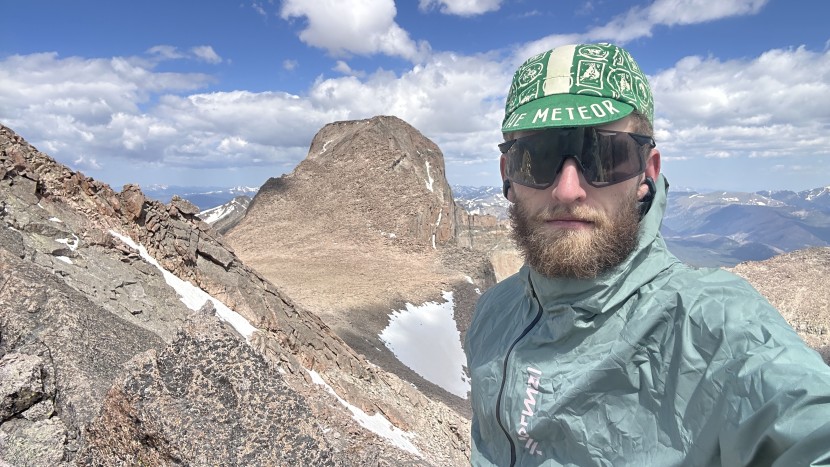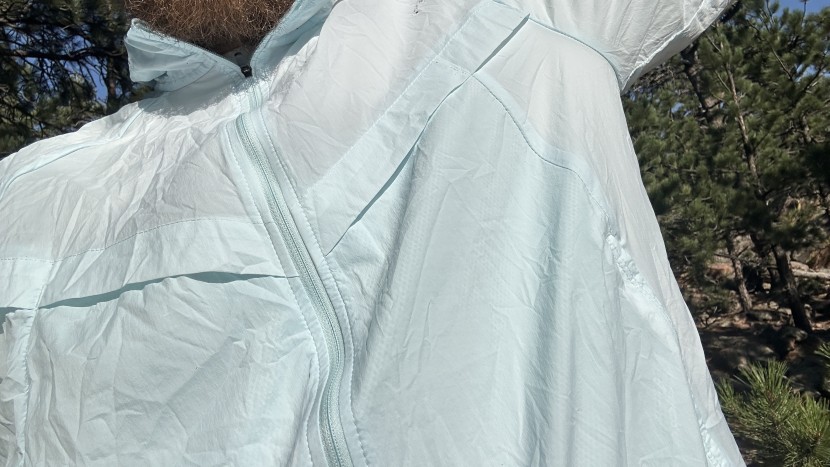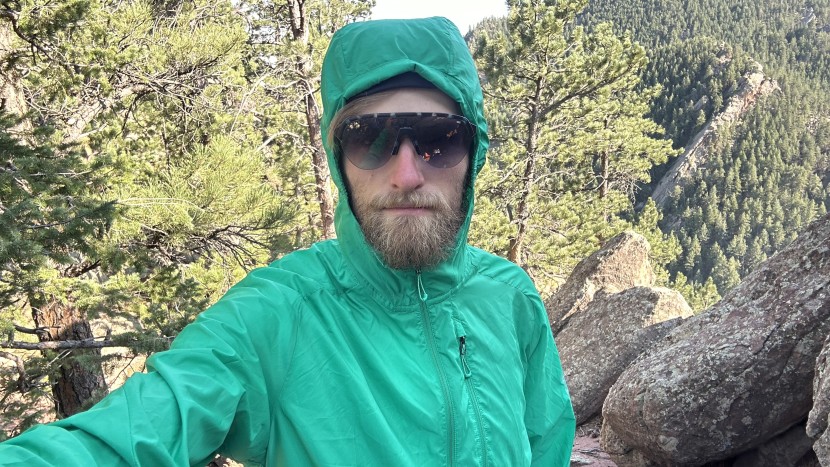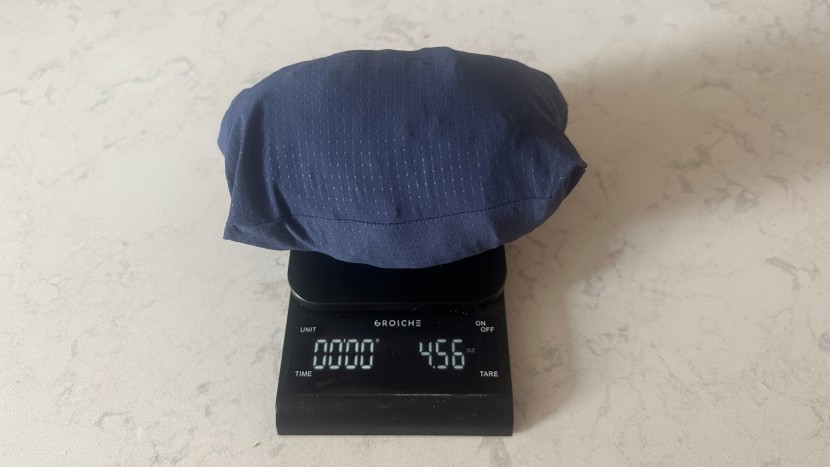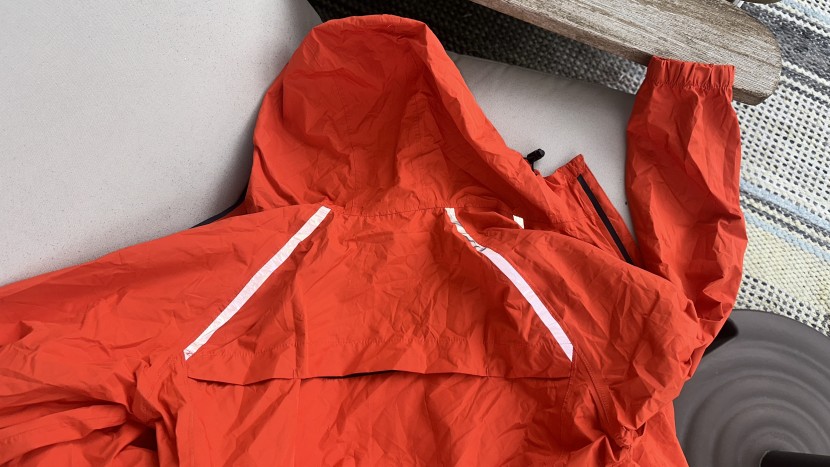In order to help you find the running jacket that's right for you, we put each of the products in our lineup through the wringer across countless miles and in all kinds of conditions. We ran through cold early mornings, light rain and drizzle, windy downpours, and even warm, sunny weather to truly test the breathability and protection of each jacket. Back home, we thoroughly inspected the materials and construction quality and weighed each model. The testing metrics we settled on below reflect the most critical qualities that will impact the comfort and performance of your next run.
Breathability
To test the breathability of each jacket, we laced up our shoes and hit the roads and trails. We ran in each jacket at a variety of intensities and through a variety of weather conditions, and paid attention to how our bodies reacted. We also ran the same 1/2-mile hill with every jacket on the same 60-degree day to really get a solid side-by-side analysis. Some models felt comfortable and seemed to breathe well in cool or breezy weather, but got pretty steamy when the wind let up or when the temperature rose. Other models felt comfortable in benign conditions but turned into clammy and hot trash bag-style jackets when the skies opened up. In each circumstance, we took note of how the jackets' features helped us adapt to changing conditions. We noted overall material breathability and if any of the jackets used active or passive venting.
Weather Resistance
We spent upwards of 100 hours in these jackets, intentionally roaming around in the wind and rain. On the tops of 14,00ft peaks and in windy valley bottoms, each jacket was analyzed for its overall performance. When things cleared up, we got out the garden hose and jumped in the shower to keep the rain going, and really put each jacket to the waterproof test. We analyzed how well each jacket resists a biting wind and how well each model stands up to moisture and precipitation. In addition to the weather resistance of the jacket materials, we took special note of things like sleeve cuffs, zipper guards, and hood quality and adjustability, each of which contributes to creating an effective barrier from the elements. There is often a tradeoff between weather resistance and breathability: in general, the more waterproof, the harder it is for sweat and heat to escape from the layer.
Comfort and Mobility
In order to test comfort and mobility, we paid close attention to how we felt as we ran with each jacket at a variety of intensities and across a variety of terrain. We also specifically repeated the downhills of aggressive and technical trail runs to put the jackets through the full 360 degrees of motion.
We also considered the material's skin feel, the fit of the hood, and whether any loose material became annoying during a run.
Portability
The most portable jackets are those that can pack up in a snug pocket or stuff sack and are equipped with a loop to clip onto a pack, pocket, strap, or whatever else you have on you. We repeatedly timed ourselves packing and unpacking each model at home and out in the field to test the efficiency of each carry system, and we weighed each model ourselves to verify manufacturer-claimed weights.
Features
We closely examined each jacket's features at home, identifying whether the jacket had any reflective materials to help with visibility in urban environments. We also took note of any “special” or “outstanding” features that made the jacket stand out or unique. Does the jacket have an adjustable hood or elastic adjustable cuffs? We took a deep dive and inspected each jacket with a magnifying glass. Afterward, we went to the field to determine which features provided real value and which didn't. Turns out most of these jackets are pretty minimal, and that's the draw. However, the few features included, like hood adjustability, collar snaps, or chest pockets, usually proved helpful.

